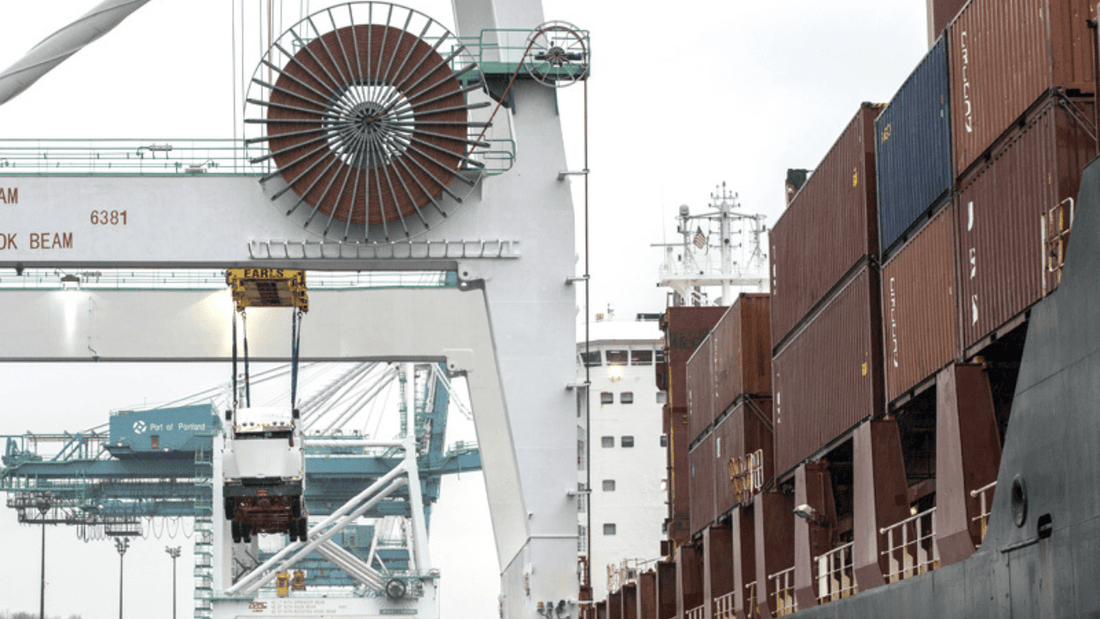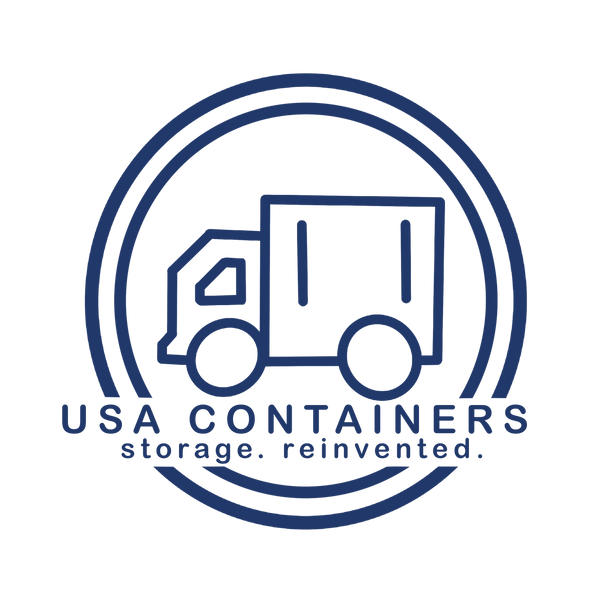
Port of Portland Secures Future of Terminal 6 with New Operator
Share
The Port of Portland has reached an agreement with Harbor Industrial Services to lease and operate Oregon’s only international shipping container terminal. The deal ensures that Terminal 6 will remain active and continue to serve as a critical link between Oregon businesses and global markets.
The agreement comes at a pivotal time. For years, the future of Terminal 6 was uncertain, weighed down by financial challenges and the lingering effects of a labor dispute that had once crippled operations. With Harbor Industrial Services now stepping in as operator, state leaders, businesses, and port officials see an opportunity to stabilize and strengthen Oregon’s position in international trade.
Why Terminal 6 Matters
Terminal 6 plays an outsized role in Oregon’s economy. It handles a wide range of exports including hay, grass seed, hazelnuts, and forest products. These goods are essential to Oregon’s agricultural and natural resource industries, many of which rely on access to overseas buyers. Imports through the terminal include items such as furniture, glass bottles, tires, and wine, reflecting its importance as a two-way gateway for commerce.
Port officials estimate that container operations at the terminal support approximately 1,500 jobs across the state. Beyond direct employment, it offers Oregon companies a competitive advantage by reducing the costs of shipping goods through terminals in Washington or California. As Kimberly Branam, the Port’s chief trade and economic development officer, explained, Terminal 6 is both a “gateway” for exports and a hub for goods flowing into Oregon.
A Decade of Uncertainty
The agreement with Harbor Industrial Services marks a turning point after nearly a decade of instability. In 2015, a protracted labor dispute drove two major shipping lines to pull out of Portland. Cargo volumes fell sharply, and confidence in the terminal eroded.
The Port of Portland eventually assumed control of operations but struggled to restore profitability. A proposed partnership in 2023 fell apart when the financial gap proved too wide, leaving the Port with a $30 million shortfall. By early 2024, Port leadership even considered shutting down the container terminal altogether.
Governor Tina Kotek intervened, committing $40 million in state funds to keep the terminal open. That funding, however, was conditional: the Port needed to secure a capable private operator willing to manage the facility and share in the financial risks.
Harbor Industrial Services Steps Forward
Harbor Industrial Services was a natural candidate. The company has worked at Terminal 6 since 2014, first providing crane and equipment support, then expanding its role as the terminal’s primary stevedore. Its experience managing labor, safety, and cargo handling positioned it well to assume full operational control.
Under the new lease, Harbor will operate Terminal 6 for seven years, with options to extend in additional increments. As part of the deal, the Port will sell Harbor its ship-to-shore cranes and other related equipment for $150,000.
Branam highlighted the benefits of the arrangement, noting that Harbor brings technical expertise while insulating the Port from the financial volatility that often accompanies container shipping operations. In her words, the partnership provides “financial insulation from downside and fluctuation,” while keeping the terminal active and functional.
Governor Kotek welcomed the announcement, pointing out that Oregon’s exporters depend on a reliable maritime gateway. She praised the stakeholders for working together to reach an agreement that protects both jobs and trade opportunities.
Building Momentum Beyond Terminal 6
The Harbor lease is not the only recent development at the Port of Portland. Earlier this year, Port officials approved a long-term lease with Zaugg Timber Solutions to redevelop Terminal 2 for industrial use. Together, these agreements represent an effort to diversify the Port’s operations while keeping critical infrastructure in play.
Maintaining container service at Terminal 6 has symbolic value as well. Oregon’s exporters have long worried that losing container shipping access would leave them overly dependent on out-of-state ports. For many small and midsized businesses, additional trucking costs to Seattle or Oakland could erode profit margins and weaken competitiveness abroad.
Looking Ahead
While the Harbor agreement is not a guarantee of long-term success, it provides a foundation for renewed stability. The state’s financial support, paired with Harbor’s operational expertise, gives Terminal 6 a chance to rebuild cargo volumes and restore confidence among shippers.
For Oregon, keeping Terminal 6 open is more than a matter of logistics. It represents a commitment to sustaining the state’s agricultural and manufacturing base, protecting thousands of jobs, and ensuring that businesses remain connected to global markets.
In an industry shaped by uncertainty — from shifting trade policies to volatile shipping rates — having a stable operator at Terminal 6 offers reassurance to exporters and importers alike. With Harbor Industrial Services now at the helm, the Port of Portland has secured both time and opportunity to chart a stronger course for Oregon’s role in international trade.
Fill out the form below for a free shipping container quote from USA Containers:
